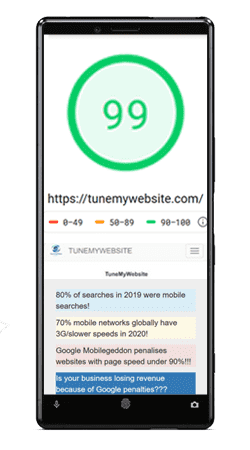Online advertising is the set of strategies that are used to publicize a product or service to society adapted to a digital channel.
This creates impacts that reach the receivers through the internet, social networks or the use of the smartphone or Smart TV.
Digital advertising is constantly evolving.
Technology advances and, with it, consumer trends so strategies must vary, and online marketing professionals have to be in continuous learning.
Campaigns must be there where users are, therefore, advertising moved from the offline world to the online.
Online Advertising
To facilitate the work of advertisers there are tools such as Google Adwords and Google AdSense, which focus on the impacts on search engines or banners, and other less intrusive as Facebook Ads or Twitter Ads.
Artificial intelligence (AI) has also been incorporated into online advertising allowing greater profitability by having more data of the client to whom the campaign is directed and giving the opportunity, professionals, to anticipate the tastes of consumers.
There are as many types of online advertising as platforms or formats exist, but the main and the most common are:
- Affiliate marketing: it is a typology of marketing based on the advertiser only paying for advertising that achieves results. Set your goal, sales in the case of an ecommerce, and pay based on those sales earned. Affiliates are advertisers ' commercials, those in charge of promoting the product or service in their digital environments and commissions are the payment method used.
-Native advertising: it uses strategies in which it is intended to gain the trust of the user by offering solutions to their problems. It is usually done through blogs and topics related to the sector of utility for the recipients are addressed. With SEO, mail marketing and lead nurturing you can offer the right content to the phase of the sales funnel in which the potential customer is.
SEA or SEM and Online Advertising

-Search engine advertising also known as SEM. It consists of generating an ad with title, description, call to action and bidding on certain keywords. With these campaigns, the brand's outstanding notoriety is pursued in a short time.
- Mobile advertising: until now these ads were an adaptation of offline campaigns to the computer, using responsive technology. Now, there are already mobile marketing practices such as sending text messages to customers ' devices incorporating links to promote their products.
- Email marketing: they are ads sent to the email of users, but they are those that the recipient can avoid more easily by getting into folders as Spam or that the individual himself delete it before he even read it. Brands are perfecting their technique and include promotions so that the customer wants to open the email.
- Social media advertising: the exponential growth in the number of users of social networks caused advertisers to want to promote themselves on these platforms. Facebook Instagram, Twitter or Facebook give the possibility to promote the uploaded publications to position themselves higher and achieve more successful results. But in addition to these promotions, there are also the campaigns created by the brands themselves, the social ads, designed to attract customers from their own social networks.
Retargeting and Online Advertising
- Retargeting or remarketing: it makes the user appear a banner of a brand that he has previously consulted, regardless of the site where he is located. It is a technique that collects good results. The price is set by cost per click.
- Display: are ads that contain image or video and are published on any internet site, in spaces specifically designed for it.
- Online videos: these are videos that have a promotional purpose. Ads embedded in YouTube, Vimeo, Vine or Dailymotion videos are included. You can also bet on alliances with youtubers or by own and quality content to obtain an adequate organic positioning with SEO combined with direct traffic.